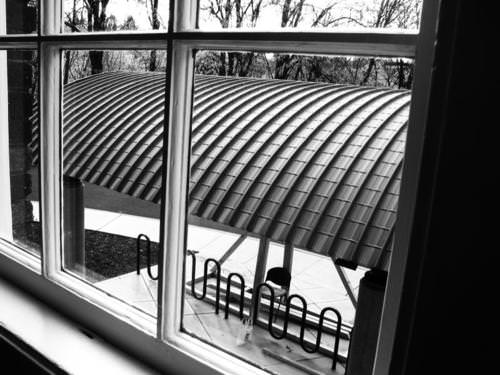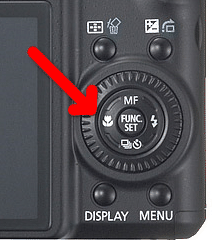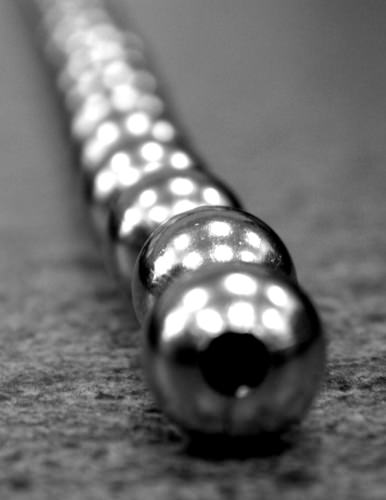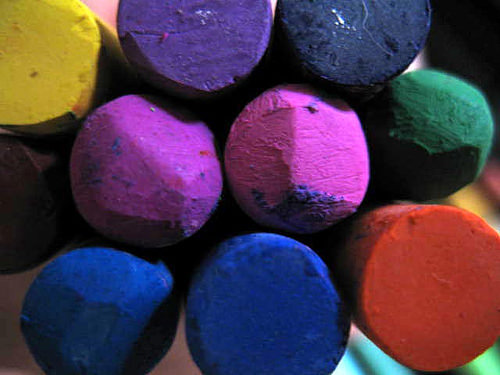线条、纹理和模式
章节大纲
-
Texture, line and pattern are elements of art that photographers capture in their images. You should be familiar with these terms and learn how to discuss these elements in your photographs.
::摄影师在图像中捕捉到的艺术元素是纹理、线条和图案。 您应该熟悉这些术语, 学会如何在照片中讨论这些元素 。Texture - Refers to how the surface would feel if you could touch it or to the visual representation of such surface qualities (implied). Texture is an element of art.
::纹理 - 指如果可以触摸表面,表面会有什么感觉,或指这种表面特性(隐含的)的视觉表现。-
The surface quality.
::表面质量。 -
How an object feels, or how it looks like it feels.
::物体的感觉, 或它看起来是什么感觉。 -
Rough, smooth, bumpy, gooey,sharp, etc.
::粗糙、平滑、颠沛、粗糙、粗糙等等。 -
Adds interest! Sense of sight and sense of touch involved.
::增加兴趣 视觉感和触感
Pattern - Refers to the repetition or recurrence of a design element, exact or varied, which establishes a visual beat. Pattern is a principle of design. Also, a plan or model to be followed when making something.
::模式 - 指设计要素的重复或重现,精确或变异,以建立视觉节拍。模式是设计的原则。此外,在制作某件东西时,计划或模型要遵循。-
An element that occurs over and over again in a composition.
::一种元素在组成中反复发生。 -
Can repeat the element in a consistent pattern.
::可以以一致模式重复该元素 。 -
Can repeat the element in a variation of the pattern.
::可以在图案变化中重复此元素 。
- Line is the path of a point moving through space. Lines vary in width, length, direction, color, and degree of curve and can be two-dimensional or implied. Line is an element of art.
::- 线条是穿越空间的点的路径。线条在宽度、长度、方向、颜色和曲线度方面各不相同,可以是二维的,也可以是隐含的。线条是艺术的一个元素。-
A mark made by a moving point.
::移动点的标记 。 -
Has greater length than width.
::长度大于宽。 -
Directs the eye – horizontal, vertical, diagonal, curvy, zig-zag , etc.
::指向眼睛——水平、垂直、对角、卷曲、西格扎格等。 -
Can be actual obvious lines or the borders or edges of shapes.
::可以是实际的明显线 或形状的边框或边缘。
EXPLOREEye Candy! - We're looking at images that will catch your eye. You'll find examples of lines, patterns and texture in everyday places. Use them to create strong images with lots of contrast.In this photograph the window frame literally frames the image of the patterns on the roof. Using one object to frame another is a great way to add depth to your photos. Experiment with a frame that adds contrast in terms of light or texture when compared with your subject.
::在此照片中, 窗口框将天顶图案的图像按字面框框。 使用一个天体框框框另一个是增加照片深度的绝好方法。 实验用一个框架来增加光或纹理与主题的对比。
Flowers and plants are a good source of color and light. To get in close you'll need to use your "Macro" setting on your camera.
::花和植物是颜色和光线的好来源。要接近它,你需要在相机上使用你的“Macro”设置。The macro setting will let you get within a few inches of your subject for extreme closeups. Most digital cameras have this feature so look for the icon in your controls. It looks like a small flower.
::宏设置将允许您在主题的几英寸以内进行绝密。 大多数数码相机都有这个功能, 所以请查看您控件中的图标。 它看起来像一朵小花。This photo by Taylor used simple objects. How many ways can you find pattern in this photograph? How many kinds of texture can you find? Use the macro mode of your camera to explore lines and texture in small objects and don't be afraid to create your own arrangements.
::Taylor的这张照片使用简单对象。 您可以在这个照片中找到多少模式? 您可以找到多少类型的纹理 ? 使用相机的宏模式来探索小物体的线条和纹理, 并且不必害怕建立自己的安排 。A GREAT place to go for this assignment is the art room. Here's just one example from Perla's photostream on Flickr.
::艺术室是这次任务的一个好地方。RECORD YOUR FINDINGS
::记录你的调查结果-
Give an example of pattern in a photograph
::给照片中的图案示例 -
describe some examples of objects that create lines in photographs
::描述在照片中创建线条的一些对象示例 -
What are some good examples of textures outside that can add interest to a picture?
::外表外的纹理有哪些能增加图片兴趣的好例子?
-
The surface quality.




